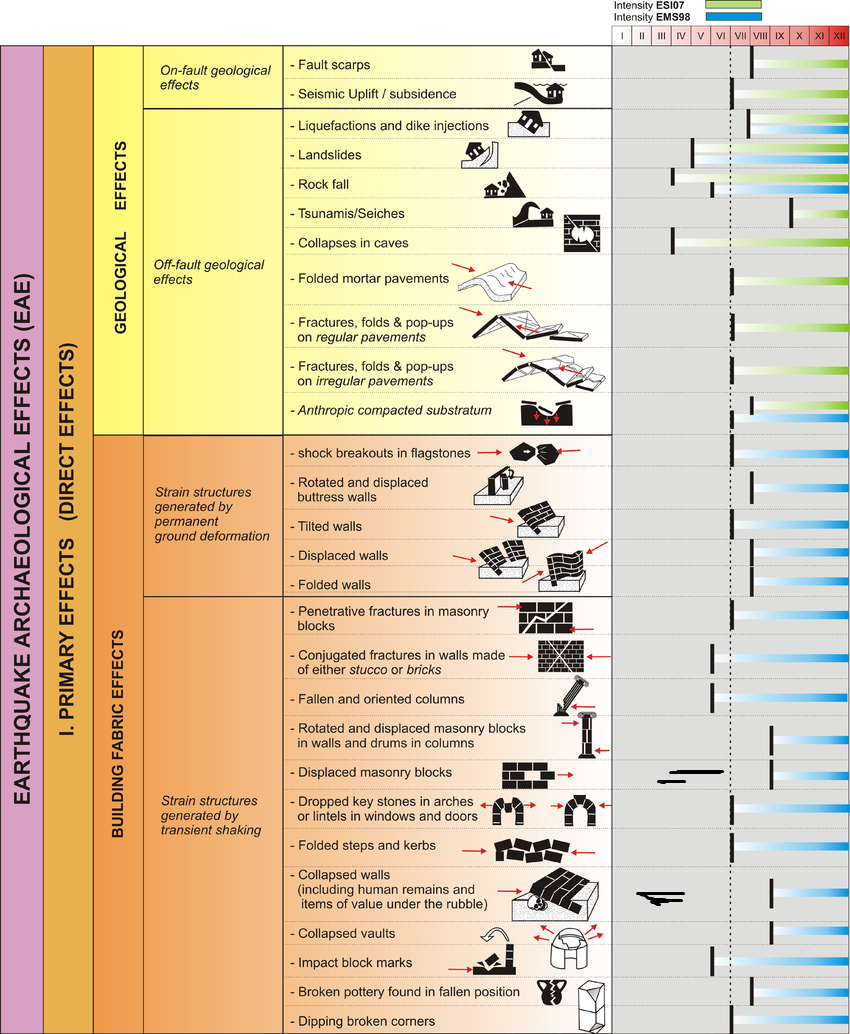Al-Muwaqqar

APAAME
- Reference: APAAME_20141028_
DLK-0157.jpg - Credit: Aerial Photographic Archive for Archaeology in the Middle East
- Copyright: Creative Commons Attribution-Noncommercial-No Derivative Works
Click photo for high res magnifiable image
| Transliterated Name | Language | Name |
|---|---|---|
| Al-Muwaqqar | Arabic | الموقر) |
| Qasr al-Muwaqqar | Arabic | الموقر)اققار |
- from Chat GPT 4o, 28 June 2025
- sources: Wikipedia – Desert castles, Najjar (1989)
The main feature of the site is the partially preserved structure of an Umayyad palace, or desert castle. Although heavily eroded, standing architectural elements include portions of a square enclosure wall, internal chambers, and fragments of ornamental stonework. These features place al-Muwaqqar among the eastern Jordanian Umayyad-era complexes such as Qasr Mushash and Qasr al-Hallabat.
Excavations conducted over a one-month period in 1989 by Najjar (1989) exposed parts of the palace interior, recovering decorated stone fragments and ceramic sherds. Although no formal stratigraphy was established, the architecture and material culture support its classification within the early 8th-century CE Umayyad building tradition.
- Qasr Al-Muwaqqar in Google Earth
- Fig. 2 - Plan of Qasr Al-Muwaqqar
from ADAJ (1989)

 Figure 2
Figure 2
ADAJ (1989)
- from Chat GPT 5, 18 September 2025
- from Najjar (1989)
Najjar (1989) identified two destruction
levels in Area IV at al-Muwaqqar. He reports that “a second
architectural phase and occupation was excavated in the
Palace.” He notes that “it is obvious from Sq. D5 (W.12), A2
(W.4), and oven (tannur) loc.4, D3 (W.16, 17) and H14 (W.18,
19) that all these walls belong to a second phase of
occupation.” Najjar continues: “It seems that after a partial
destruction of the Palace by the earthquake of A.D. 747
[JW:
749 CE Sabbatical Year Earthquake sequence], the
remains of the Palace were used by the local population. The
destruction layer was cleared (the walls of the second phase
were built directly above the flagstone pavement of the
Umayyad Palace) and the Palace and its surrounding area
(Sq. H14) were reoccupied.” He adds that “after one century
and probably slightly later the Palace was abandoned after
another destruction (earthquake?) later in the 9th century
(during this period Jordan was struck by earthquakes three
times in 847, 853–54, 859–60).”
Najjar (1989:309) also comments on the
chronological evidence, stating: “Unfortunately the dating of
the pottery is not based on coins, but on comparative
architectural and typological evidence.” However, “beside the
differences in shape and decoration we were fortunate enough
to find some datable material in stratified deposits (small
glazed jar and typical Abbasid lamps).”
Abbasid pottery was retrieved presumably above the lower
destruction level and dated to between 730 and 840 CE.
- from Chat GPT 5, 18 September 2025
- from Najjar (1989)
Najjar (1989) identified two destruction
levels in Area IV at al-Muwaqqar. He states that “a second
architectural phase and occupation was excavated in the
Palace.” He explains that “it is obvious from Sq. D5 (W.12),
A2 (W.4) and oven (tannur) loc.4, D3 (W.16, 17) and H14
(W.18, 19) that all these walls belong to a second phase of
occupation.” Najjar continues: “It seems that after a partial
destruction of the Palace by the earthquake of A.D. 747
[JW:
749 CE Sabbatical Year Earthquake sequence], the
remains of the Palace were used by the local population. The
destruction layer was cleared (the walls of the second phase
were built directly above the flagstone pavement of the
Umayyad Palace) and the Palace and its surrounding area
(Sq. H14) were reoccupied.” He adds that “after one century
and probably slightly later the Palace was abandoned after
another destruction (earthquake?) later in the 9th century
(during this period Jordan was struck by earthquakes three
times in 847, 853–54, 859–60).”
Najjar (1989:309) also addressed the dating
evidence, writing that “unfortunately the dating of the
pottery is not based on coins, but on comparative
architectural and typological evidence.” He adds: “Beside
the differences in shape and decoration we were fortunate
enough to find some datable material in stratified deposits
(small glazed jar and typical Abbasid lamps).”
- from Chat GPT 5, 18 September 2025
- from Najjar (1989)
| Effect | Location | Image (s) | Comments |
|---|---|---|---|
| Collapsed Walls inferred from rebuilding evidence | Umayyad Palace | the destruction layer was cleared (the walls of the second phase were built directly above the flagstone pavement of the Umayyad Palace)- Najjar (1989) |
| Effect | Location | Image (s) | Comments |
|---|---|---|---|
| Destruction | Umayyad Palace | the Palace was abandoned after another destruction (earthquake?) later in the 9th century- Najjar (1989) |
- Earthquake Archeological Effects chart
of Rodríguez-Pascua et al (2013: 221-224)

 Earthquake Archeological Effects (EAE)
Earthquake Archeological Effects (EAE)
Rodríguez-Pascua et al (2013: 221-224)
| Effect | Location | Image (s) | Comments | Intensity |
|---|---|---|---|---|
| Collapsed Walls inferred from rebuilding evidence | Umayyad Palace | the destruction layer was cleared (the walls of the second phase were built directly above the flagstone pavement of the Umayyad Palace)- Najjar (1989) |
VIII + |
- Earthquake Archeological Effects chart
of Rodríguez-Pascua et al (2013: 221-224)

 Earthquake Archeological Effects (EAE)
Earthquake Archeological Effects (EAE)
Rodríguez-Pascua et al (2013: 221-224)
| Effect | Location | Image (s) | Comments | Intensity |
|---|---|---|---|---|
| Destruction - Collapsed Walls | Umayyad Palace | the Palace was abandoned after another destruction (earthquake?) later in the 9th century- Najjar (1989) |
VIII + |
